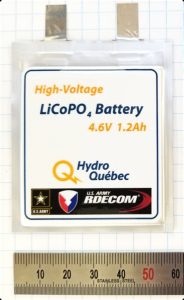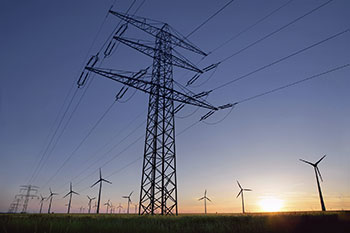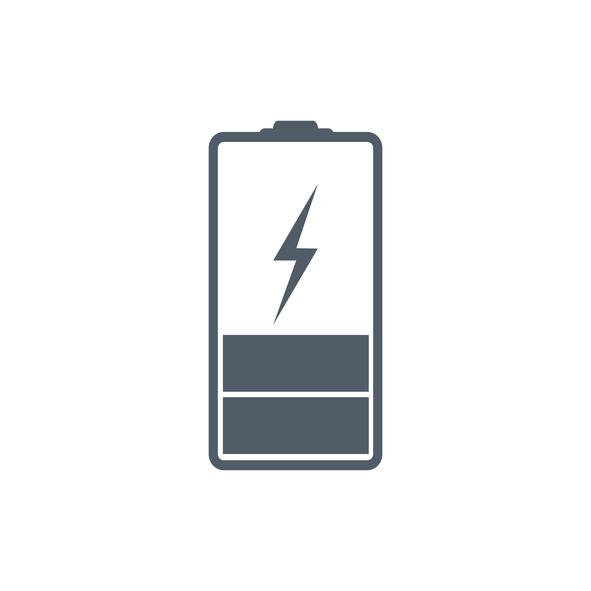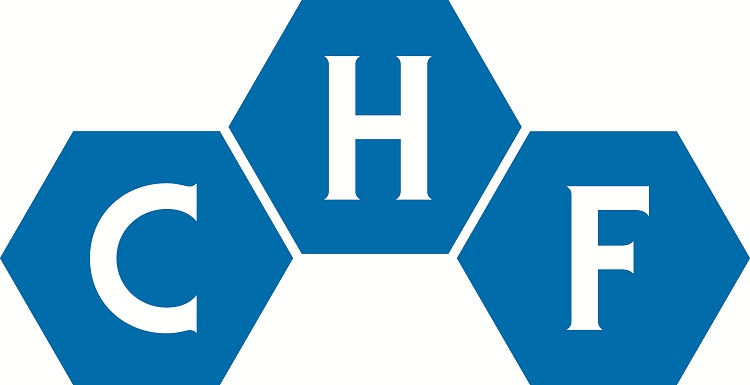
Photo Credit: www.HydroQuebec.com
Hydro-Québec (an ECS institutional member) and the U.S. Army Research Laboratory have announced a breakthrough in the lithium-ion battery materials field, publishing their research results in the Journal of Power Sources. Using a cathode made with new high voltage safe materials, the researchers have achieved a world first: building a 1.2 Ah lithium-ion cell with a voltage of 5 V.
“With the high voltage of this new cell, we can reach a very high energy density,” says Karim Zaghib, General Director of the Center of Excellence in Transportation Electrification and Energy Storage. “This highly desirable property can improve batteries used in a wide range of applications.” Army Research Laboratory scientists Jan Allen and Richard Jow, also inventors of this high voltage cathode material, believe that the high cell voltage can, in addition to enabling high energy density, improve the design of devices.
Lithium-ion batteries are widely used to power many electronic devices, including smartphones, medical devices and electric vehicles. Their high energy density, excellent durability and lightness make them a popular choice for energy storage. In response to the growing demand for their use in a wide range of products, there are many teams working to improve their storage capacity. In particular, there is great interest in developing new compounds that could increase energy storage capacity, stability and lifespan. That is why the innovation announced today has such a strong commercial potential.
(more…)






 In order to power entire communities with clean energy, such as solar and wind power, a reliable backup storage system is needed to provide energy when the sun isn’t shining and the wind doesn’t blow.
In order to power entire communities with clean energy, such as solar and wind power, a reliable backup storage system is needed to provide energy when the sun isn’t shining and the wind doesn’t blow. The
The  Carbon-free energy: Is the answer blowing in the wind? Perhaps, but the wind doesn’t always blow, nor does the sun always shine. The energy generated by wind and solar power is intermittent, meaning that the generated electricity goes up and down according to the weather.
Carbon-free energy: Is the answer blowing in the wind? Perhaps, but the wind doesn’t always blow, nor does the sun always shine. The energy generated by wind and solar power is intermittent, meaning that the generated electricity goes up and down according to the weather. Water-based rechargeable batteries could be one step closer to commercial viability, thanks to
Water-based rechargeable batteries could be one step closer to commercial viability, thanks to  ECS members
ECS members 